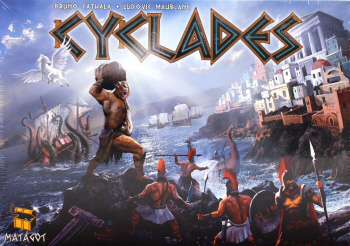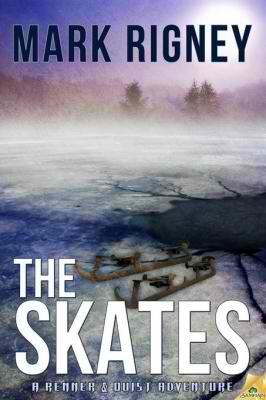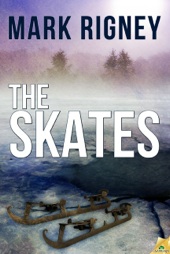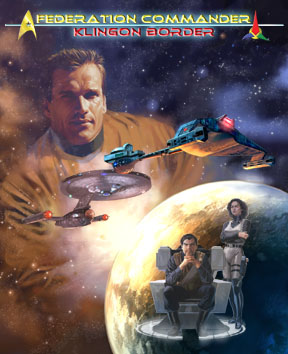 In honor of the US release of Star Trek Into Darkness this week, I found some of my favorite Star Trek games in the basement, and hugged them.
In honor of the US release of Star Trek Into Darkness this week, I found some of my favorite Star Trek games in the basement, and hugged them.
Took longer than you might expect. Turns out there are a lot of decent Star Trek titles. Over a dozen board games, for example — starting with West End’s terrific 1985 contributions, the paragraph-based Star Trek The Adventure Game and the more family-friendly The Enterprise Encounter, all the way up to Wizkids’ 2011 deluxe releases, Reiner Knizia’s solitaire/cooperative mission game Star Trek Expeditions and the strategic space exploration/ship-to-ship combat title Star Trek – Fleet Captains. Not to mention last year’s oddball Star Trek Catan from Mayfair Games.
Let’s not neglect the role playing games, starting with FASA’s classic 1983 Star Trek The Role Playing Game and the updated RPG from Last Unicorn Games in 1999. And of course, numerous card, deck-building, and collectible games, like Star Trek HeroClix from WizKids.
That’s not including dozens of computer and video games, starting with SSI’s unlicensed Apple II space-combat title The Warp Factor (1982), to the text-based The Promethean Prophecy (Simon & Schuster, 1984) and the classic adventure games from Interplay like Star Trek: 25th Anniversary (1992) and Judgment Rites (1993). I could go on, but my fingers are tired already.
But the great-granddaddy of Star Trek games has to be Star Fleet Battles, which began as a 1979 pocket game released in a zip-lock bag by Task Force Games and has grown into one of the largest franchises in table-top gaming, with countless expansions and variants from a small handful of publishers over the last three decades.
The title which got the warmest hug during my basement walkabout, and likely the one I’d grab if I were to be marooned on a lonely asteroid with a group of fellow Star Trek gamers, was Federation Commander: Klingon Border, a Star Fleet Battles mega-game which challenges you to take the helm of a Constitution Class Heavy Cruiser and hold the border during a massive Klingon invasion.
Admit it — that sounds like fun.
…
Read More Read More
 On a recent visit, my sister was shocked to discover that my boys had with them a copy of Mockingjay. At first, she assumed it was Corey’s (Corey is nearly thirteen), and was therefore even more horrified to learn that it was Evan’s book. Evan is eight.
On a recent visit, my sister was shocked to discover that my boys had with them a copy of Mockingjay. At first, she assumed it was Corey’s (Corey is nearly thirteen), and was therefore even more horrified to learn that it was Evan’s book. Evan is eight.


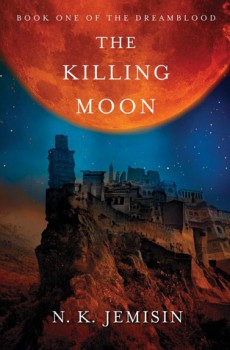
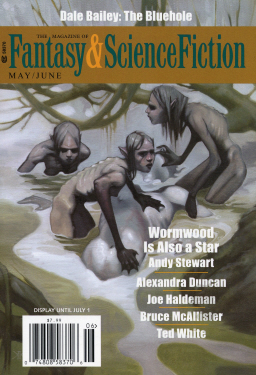
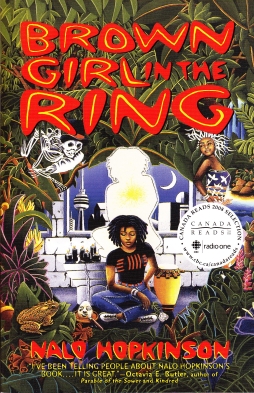 Published in 1998, Nalo Hopkinson’s debut novel was Brown Girl in the Ring, the first winner of the Warner Aspect First Novel Contest. It went on to be shortlisted for the Philip K. Dick Award and the James Tiptree Junior Award, to win the Locus Award in the First Novel category, and to help Hopkinson (who had already published several short stories) win the John W. Campbell Award for Best New Writer. She’s gone on to write five more novels, along with two collections of short stories, as well as editing and co-editing several anthologies.
Published in 1998, Nalo Hopkinson’s debut novel was Brown Girl in the Ring, the first winner of the Warner Aspect First Novel Contest. It went on to be shortlisted for the Philip K. Dick Award and the James Tiptree Junior Award, to win the Locus Award in the First Novel category, and to help Hopkinson (who had already published several short stories) win the John W. Campbell Award for Best New Writer. She’s gone on to write five more novels, along with two collections of short stories, as well as editing and co-editing several anthologies.